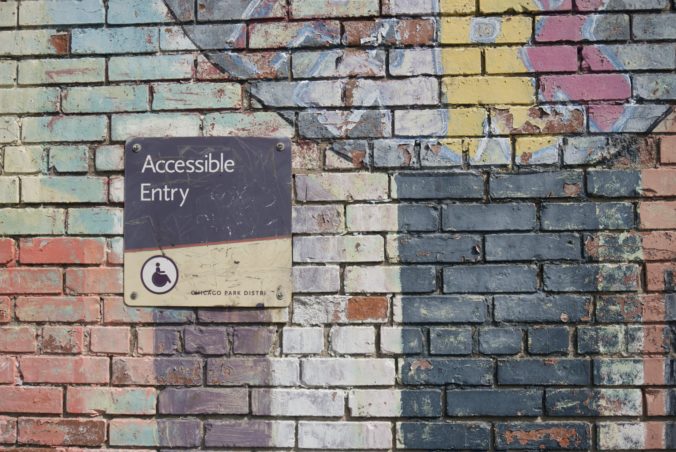This week we had an incredibly relevant and informative guest lecture from Tracey Humphreys who is the founder and chair of BCEdAccess! BCEdAccess Society is an organization of parents and guardians who work to help support and advocate for families of students with disabilities in BC. Furthermore, the organization is entirely volunteer-run! In hearing Tracey’s speak about her own story and the barriers that parents frequently face within the education system, I can only imagine how important this organization has been for many families. In many way this organization is doing the work to support parents and families that the education system isn’t!
One of the main barriers, families face with students with disabilities, or who are complex learners is the ability to obtain a formal psychoeducational assessment. From what I understand, this is a formal psychological assessment that provides a diagnosis of the individual which then gives the student access to receive support. These are very expensive to do privately (~$3000) and the waitlist to get one is lengthy. Schools can provide these, but there are very limited resources to do so. As a result many kids go through their entire education without a formal diagnosis. This is a major gap in the system, as without a formal designation these students aren’t truly eligible for the assistive supports that could be so pivotal for them in their education experience.
So how can we as teachers handle a diverse set of learners in our classroom?
Tracey really emphasized that teachers have control within their classroom. A differentiated instruction approach which allows for your planning to be flexible in to accommodate a variety of learners needs will be important in any classroom. Furthermore, it is important to recognize that any assistive tech designed for disabilities will likely be helpful for the entire classroom. The universal design principle is increasingly relevant here! Assistive technology is an inclusive tool, and when students lack access to these resources, they are excluded from the classroom. In remote learning, as many students are experiencing today due to Covid-19, these students lacking access to assistive tech are excluded from more than just their classroom, they are excluded in all environments. As with any tech, it is important that is considered as one tool to help your student(s) and that it is not the be-all-end-all solution. Students need in person support too, and this has been increasingly apparent through Covid-19 and remote learning.
How can teachers assess a students’ needs?
Considering that teachers hold a lot of control as to what occurs within their classroom, it is important that they can assess students’ needs as well. It also can help them work on self advocacy with their students as well.
What does this look like?
- Read IEP
- Observe behaviour: behaviour is communicator for discomfort or a need.
- Ask Family
- Ask student
- Consider creating a WIN manual with students at the start of term that outlines what students need. This should remain fluid throughout the year and can evolve or change as needed.
- What do you have available? What can you get? What will you need to advocate for?
Hearing the reality of exclusion that occurs within our education system is disheartening, but it is also incredibly important as a teacher candidate! I feel there could be an entire course on inclusion and assistive technologies in the classroom, or at the very least a greater emphasis on these topics! I am thankful to have had the opportunity to learn from Tracey today and I am committed to continue to learn about this topic moving forward! I am grateful for the EDCI 336 website being an open resource upon completion of this course as I will certainly draw on the assistive technologies post among many of the other resources curated for this course as I move through my career as a teacher.
I would like to finish this post off by sharing just one example of how assistive technology can help to bridge communication gaps! This video and accompanying write up are by Damon Kirsebom, titled: “When people see me typing”.
Want to engage more with BCEdAccess further?
Follow BCEdAccess on twitter
Follow Tracey Humphreys on twitter
Join the BCEdAccess public facebook page
For anyone looking at a good overview of where to start when it comes to advocacy, check out this BCEdAccess post
Other resources for families
Check MyBooklet BC: it is a FREE online tool that families and people with disabilities can use to create an information booklet outlining their own or their family member’s disability.
Photo by Daniel Ali on Unsplash

Recent Comments